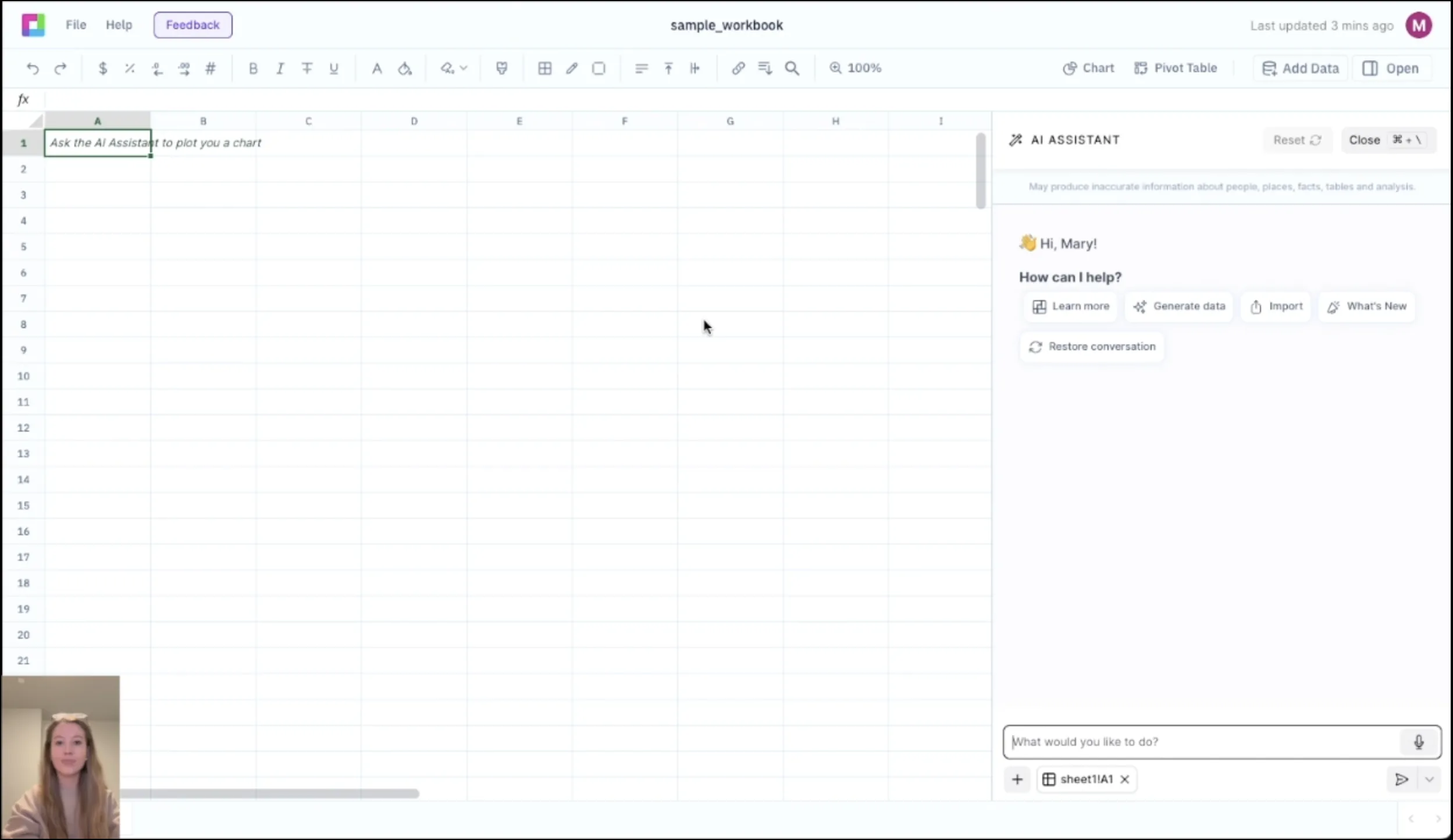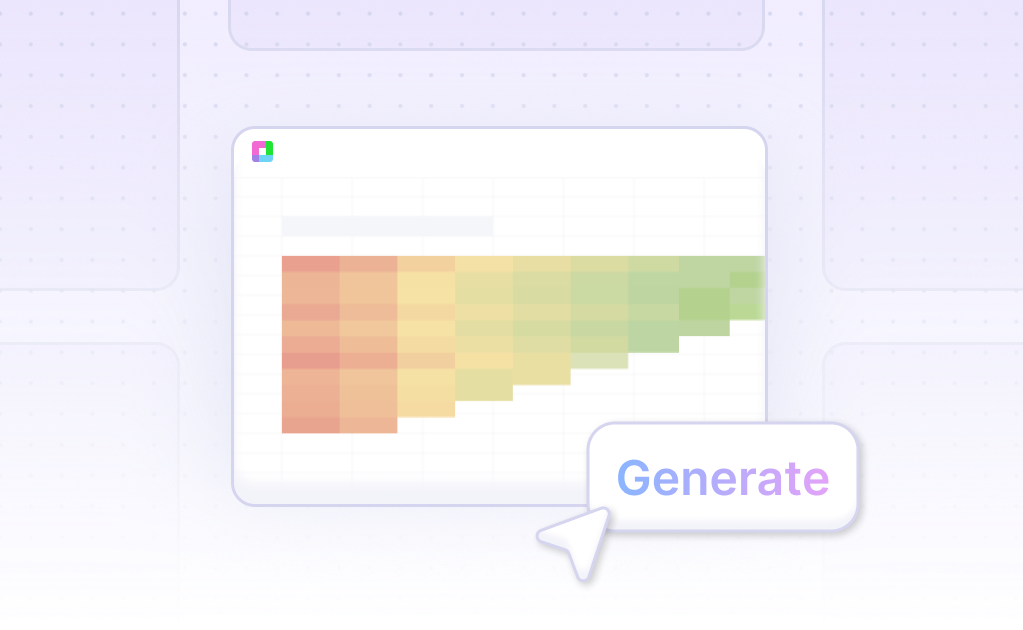
Master Growth Equity Analysis with Professional Investment Tools
Growth equity investing focuses on established companies with proven business models seeking capital for expansion, market penetration, or strategic initiatives. Our Growth Equity template provides comprehensive tools to analyze growth opportunities, model scaling scenarios, and evaluate investment returns with institutional-quality analysis.
From revenue scaling to exit modeling, optimize growth investments. Built for growth equity professionals, venture capital firms, and private equity investors, this template helps you analyze growth opportunities, model expansion scenarios, and optimize investment strategies.
Comprehensive Growth Investment Analysis
Revenue Scaling Models
Model revenue scaling with unit economics, customer acquisition costs, and lifetime value analysis. Project revenue growth across multiple channels and market segments.
Market Expansion Analysis
Analyze market expansion opportunities including geographic expansion, product line extensions, and adjacent market entry. Assess market size, penetration rates, and competitive dynamics.
Operating Leverage Modeling
Model operating leverage with fixed and variable cost structures, margin expansion, and economies of scale. Analyze profitability improvement as companies scale.
Customer Metrics & Cohort Analysis
Track customer acquisition, retention, and lifetime value metrics. Perform cohort analysis to understand customer behavior patterns and revenue predictability.
Growth Equity Investment Modeling
Valuation & Entry Modeling
Value growth equity investments using revenue multiples, DCF models, and growth-adjusted valuations. Model entry valuation, ownership stakes, and dilution scenarios.
Growth Capital Deployment
Model capital deployment for growth initiatives including marketing spend, sales expansion, product development, and geographic expansion. Track capital efficiency and ROI.
Exit Scenario Planning
Model exit scenarios including strategic sales, IPO, and secondary buyouts. Analyze exit multiples, timing, and return distributions under various scenarios.
Risk & Sensitivity Analysis
Conduct sensitivity analysis on key growth assumptions including market adoption, competitive response, and execution risks. Model downside scenarios and risk mitigation strategies.
Frequently Asked Questions
How does it model revenue scaling for growth companies?
The template models revenue scaling using unit economics, customer acquisition metrics, and market expansion analysis. It projects growth across multiple channels and segments with detailed driver-based modeling.
Can it analyze different growth strategies?
Yes, the template analyzes various growth strategies including geographic expansion, product development, market penetration, and acquisition-driven growth. It provides comparative analysis of different growth paths.
How does it handle customer metrics and cohort analysis?
The template includes comprehensive customer analytics with acquisition costs, lifetime value, retention rates, and cohort analysis. It tracks customer behavior patterns and revenue predictability.
Does it include exit scenario modeling?
The template includes detailed exit scenario modeling with strategic sales, IPO, and secondary buyout analysis. It models exit multiples, timing, and return distributions under various scenarios.
How does it assess growth capital efficiency?
The template tracks capital deployment efficiency with ROI analysis, payback periods, and growth capital productivity metrics. It helps optimize capital allocation across growth initiatives.
Related Private Equity Tools
Connect your most-used data sources and tools to Sourcetable for seamless analysis.
Frequently Asked Questions
If you question is not covered here, you can contact our team.
Contact Us





